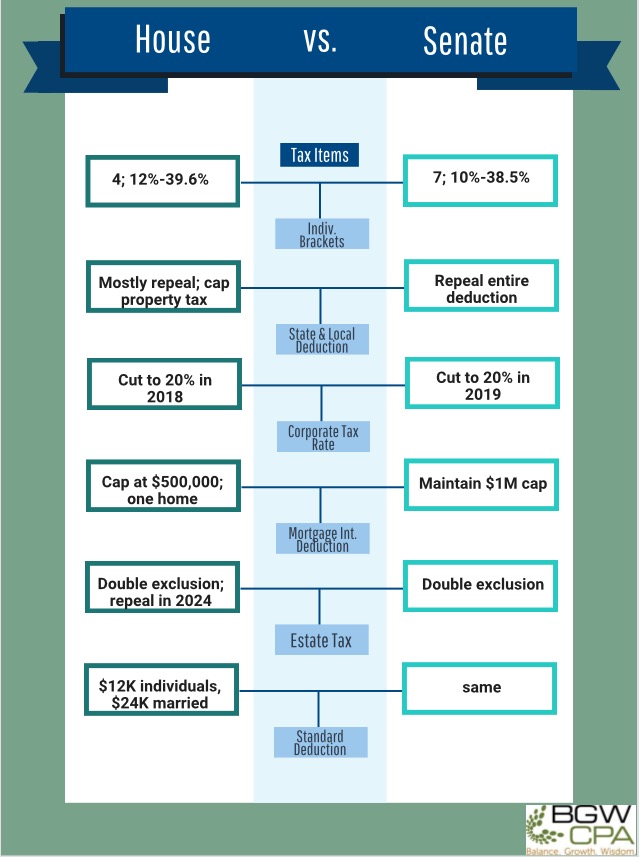The media is abuzz over tax reform. But how will the latest tax reform proposal impact small business?
The “Tax Cuts and Jobs Act”, released last week, includes a set of proposed changes to corporate and individual taxes. It’s essentially a more detailed outline of the nine-page framework Trump revealed at the end of September. In other words, there are no big surprises. But 3 items, in particular, have the ability to impact your small business. Here’s what you need to watch.
- Increased expensing of capital assets.One of the proposed provisions in this tax plan is that businesses will be able to expense 100% of qualified property placed into service after September 27, 2017, and before January 1, 2023. Additionally, the plan also calls for a tenfold increase (to $5 million) of the ceilings in place on the Section 179 deduction. This all represents a huge opportunity for businesses expensing capital investments and lowering taxable income. It’s not a big deal if you run a business without any physical assets, but it’s a potential windfall of tax benefits if you do.
- Reduced rates for pass-through businesses.Instead of getting taxed at an individual rate for business profits (those rates will likely change, too), people who own their own businesses would pay taxes at the so-called pass-through rate. As of now, this calls for taxing some income distributions/profits from the business (but not wages paid by the business) at a maximum 25%. Specifically, the plan calls for taxing up to 30% of a business owner’s total non-passive income at that 25% rate, and the remaining 70% of income at the individual rate. Again, the individual rates are also up for debate.
The challenge here is that what constitutes a “passthrough business” is open for debate. Second, there is difficulty in distinguishing wages paid and income distributions, particularly for closely held businesses. Making this change could be more of a headache than a windfall for some. Lawmakers are currently discussing what safety measures should be in place and what kinds of businesses can claim this rate, to avoid individual abusing the lower tax.
- Simplified corporate returns.The tax reform paperwork calls for two items that will reduce the burden on businesses when filing taxes. First, an immediate reduction of the corporate tax rate to 20% (from 35%; reduction to 25% for personal service corporations) depending on how your business is structured and what industry you operate in, and, second, the elimination of the corporate alternative minimum tax (AMT). Both items would streamline the corporate filing process and reduce paperwork. Details are still muddy on if the reduced rate would be permanent or temporary, and what exactly qualifies businesses for the 20% rate. Lawmakers are wrestling with this point in particular.
Keep in mind that these are all proposed tax changes. The final bill may look very different. This week, the House Ways and Means Committee is reviewing the plan and will certainly come up with changes of its own. Further revisions are then likely as the final bill moves through Congress. Still, these three items have the potential to really impact your business. Let’s keep our focus on them.





